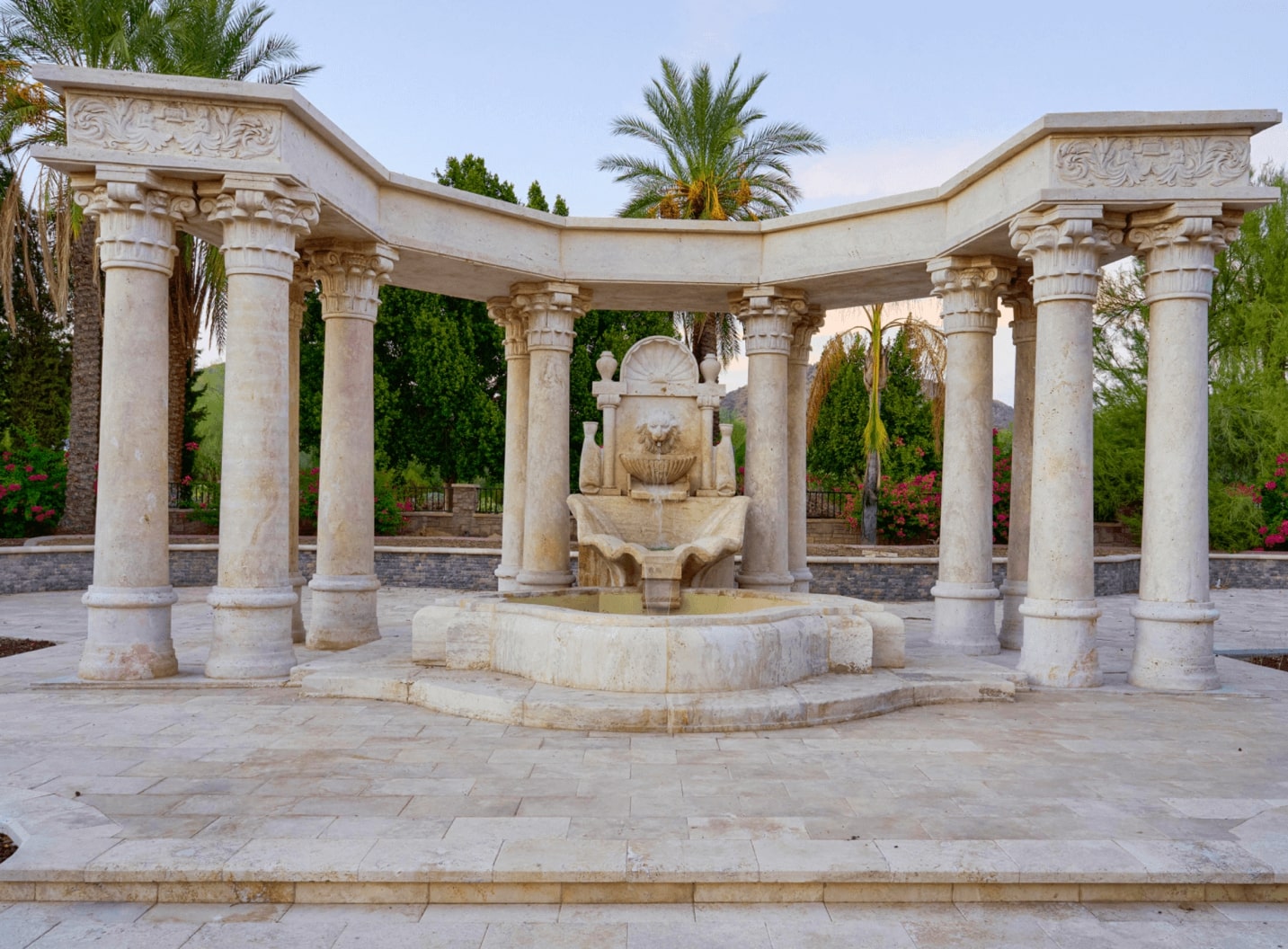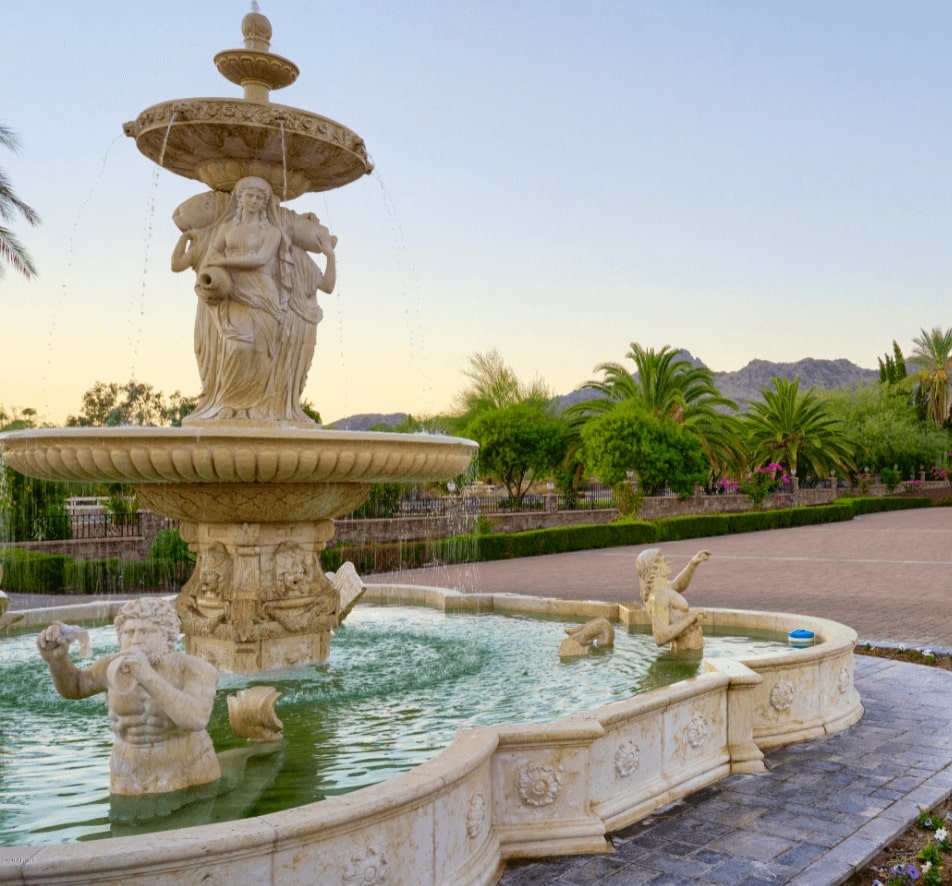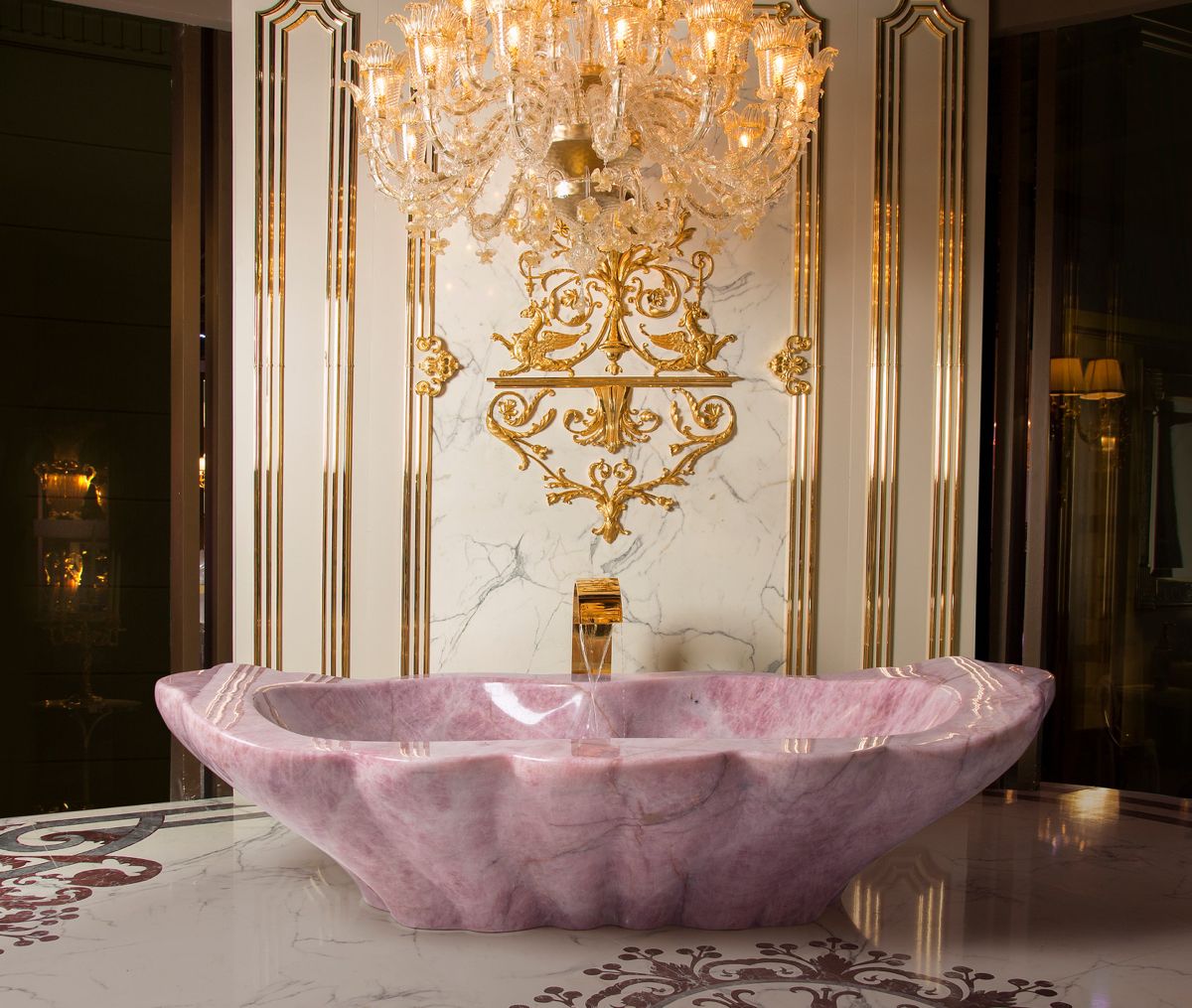Marble Statues: Exploring the Significance of Marble Krishna, Shiva, and Ganesh Statues in Hinduism
Introduction
Welcome to our in-depth exploration of marble statues depicting the divine Hindu deities Krishna, Shiva, and Ganesh. In this article, we delve into the symbolism and spirituality associated with these magnificent marble sculptures. Marble statues hold a significant place in Hinduism, as they beautifully capture the essence of these revered deities, inviting devotees to connect with the divine.
Marble Statue of Hindu Icons
Marble, with its timeless beauty and elegance, has long been revered as a sacred material for creating statues of Hindu deities. The use of marble to create marble statues in sculpture dates back centuries, and it continues to be cherished for its durability, lustrous appearance, and ability to intricately capture the subtle details of the divine form.
Marble statues of Krishna, Shiva, and Ganesh serve as powerful focal points for spiritual devotion and reflection. These statues embody the qualities and symbolism associated with each deity, inviting worshippers to engage in a profound spiritual experience. Krishna, known as the divine cowherd and an embodiment of love and joy, is often depicted in marble statues with enchanting expressions, playing the flute or engaging in divine activities such as lifting Mount Govardhan. The marble medium brings Krishna's playful and compassionate nature to life, with delicate carvings capturing the flowing garments and intricate ornaments that adorn the deity.
Shiva, the auspicious destroyer and the epitome of divine asceticism, is represented in marble statues with serene and powerful expressions. The fine craftsmanship of marble artisans highlights the intricate details of Shiva's third eye, matted hair, and trident, symbolizing his cosmic powers of destruction and transformation. The use of marble infuses Shiva statues with a sense of timeless divinity, evoking a meditative and contemplative atmosphere. Ganesh, the beloved remover of obstacles and the embodiment of wisdom, is depicted in marble statues with great attention to detail. The smoothness and purity of marble beautifully complement Ganesh's calm and benevolent nature. Marble artists skillfully capture the intricate features of Ganesh, including his elephant head, multiple arms, and various symbolic attributes. Each marble Ganesh statue radiates a sense of divine presence and serves as a source of inspiration for devotees seeking guidance and blessings.
Marble statues of Krishna, Shiva, and Ganesh not only serve as objects of reverence but also as artistic masterpieces. The combination of the enduring beauty of marble and the spiritual significance of these deities creates a captivating and soul-stirring experience for devotees and art enthusiasts alike. In the next section, we will delve deeper into the individual significance of Krishna, Shiva, and Ganesh marble statues, exploring the unique symbolism and spiritual messages conveyed by each deity. We will also provide insights into choosing a remarkable marble statuethat resonates with your spiritual aspirations. Join us as we embark on this enriching journey of divine marvels and explore the profound world of marble statues of Krishna, Shiva, and Ganesh.
Krishna: Marble Statue of the Divine Cowherd
Marble statues of Krishna exude a sense of divine enchantment and capture the playful and compassionate nature of this beloved deity. Throughout history, the depiction of Krishna in marble has been a way for artists to convey his divine beauty and convey his message of love and devotion.
The history of marble statues of Krishna can be traced back to ancient times when intricate sculptures were created to represent the divine form of Lord Krishna. In temples and sacred spaces, marble artisans meticulously carved statues depicting Krishna in various poses and activities. These statues served as focal points for worship and devotion, allowing devotees to connect with Krishna on a profound spiritual level.
The artistry of marble Krishna statues reached its zenith during the medieval period, particularly in the region of Rajasthan in India. Skilled artisans from Rajasthan, known for their mastery in marble craftsmanship, produced remarkable statues that showcased Krishna's divine qualities and portrayed captivating narratives from his life.
The marble statues of Krishna often depict him as a youthful cowherd, playing the enchanting tunes of his flute. This iconic pose represents Krishna's ability to captivate hearts and awaken spiritual consciousness through the power of divine music. The fine details of the marble statues, such as the intricate jewelry, flowing garments, and serene expressions, add to their aesthetic appeal and evoke a sense of transcendence.
Marble statues of Krishna also portray significant episodes from his life, such as his miraculous lifting of Mount Govardhan to protect the villagers from torrential rains, his interactions with the gopis (cowherd girls), and his divine dances known as the Raas Leela. Each statue tells a story and embodies Krishna's divine attributes of love, joy, and compassion..
Shiva: Marble Statue of the Auspicious Destroyer
Marble statues of Shiva capture the profound essence of this deity, who is revered as the ultimate destroyer and the embodiment of cosmic consciousness. The history of marble statues depicting Shiva traces back to ancient times, showcasing the enduring fascination with his divine form.
Marble artisans throughout the centuries have skillfully crafted statues of Shiva, infusing them with a sense of awe and reverence. These statues depict Shiva in various iconic forms and poses, each carrying deep symbolic meanings that reflect his cosmic role in Hindu mythology.
The tradition of carving marble statues of Shiva can be observed in ancient temples across India, where devotees offer prayers and seek blessings from the divine presence. The statues often portray Shiva in his meditative aspect, known as Lord Nataraja, the cosmic dancer who performs the Tandava dance, symbolizing the cycle of creation and destruction. Marble statues of Nataraja showcase intricate details, such as the gracefully flowing hair, multiple arms, and the ring of fire that surrounds the deity, capturing the divine energy and power that Shiva represents.
Another popular form of Shiva depicted in marble is the Lingam, a symbolic representation of the formless aspect of Shiva, representing the union of the masculine and feminine energies. Marble Lingam statues are revered as powerful sources of spiritual energy and are worshiped with devotion and reverence.
The artistry of marble statues has allowed for the nuanced portrayal of Shiva's attributes, such as his third eye, symbolizing wisdom and intuition, and his trident, representing the balance of creation, preservation, and destruction. Marble artisans meticulously carve these details, bringing the divine presence of Shiva to life in each statue.
Ganesh: Marble Statue of the Remover of Obstacles
Marble statues of Ganesh hold a special place in Hindu culture as they embody the wisdom, auspiciousness, and the ability to remove obstacles that Lord Ganesh represents. The history of marble statues depicting Ganesh is rooted in the rich artistic traditions of India.
Marble artisans have skillfully crafted Ganesh statues throughout history, showcasing their creativity and devotion. The statues depict Ganesh with his distinctive elephant head, chubby form, and multiple arms, each holding symbolic objects such as a lotus flower, an ax, or a modak (a sweet delicacy). These details are intricately carved in marble, reflecting the skill and precision of the artisans.
The tradition of marble Ganesh statues dates back centuries, and these statues are revered in homes, temples, and public spaces. Devotees seek blessings from Ganesh by offering prayers and performing rituals in front of these marble statues. The presence of a marble Ganesh statue is believed to bring prosperity, wisdom, and success.
Marble statues of Ganesh often depict him in various poses, each representing a different aspect of his divine nature. For example, the Ekadanta form depicts Ganesh with one tusk, symbolizing the ability to overcome duality and embrace unity. The Vighnaharta form portrays Ganesh as the remover of obstacles, holding a noose and an elephant goad, signifying his power to guide and protect his devotees.
The beauty of marble enhances the divine aura of Ganesh statues, creating an atmosphere of serenity and spiritual connection. Marble artisans pay careful attention to the intricate details, ensuring that each marble statue reflects the essence of Ganesh's symbolism and inspires devotees to seek his divine blessings.
In conclusion, the history of marble statues of Krishna, Shiva, and Ganesh is steeped in artistic tradition and spiritual devotion. These statues serve as timeless embodiments of the divine, capturing the essence of these revered deities and inviting worshippers to embark on a spiritual journey. The intricate craftsmanship and symbolism depicted in these marble statues continue to fascinate and inspire devotees and art enthusiasts around the world. The enduring beauty of marble, combined with the divine presence of these deities, creates an enchanting and soul-stirring experience for all who encounter these marvelous works of art.
Comparisons and Contrasts of these Marble Statues
When exploring the marble statues of Krishna, Shiva, and Ganesh, it becomes evident that each deity possesses unique symbolism and spiritual messages. Let us delve into a comparative analysis of these divine figures, examining the similarities and differences in their representations.
One common thread among these deities is their association with divinity, devotion, and spiritual transformation. Krishna, Shiva, and Ganesh all hold a significant place in Hindu worship and are revered for their respective roles in guiding and blessing devotees on their spiritual journeys.
In terms of symbolism, Krishna is often depicted as the embodiment of divine love, joy, and playfulness. His statues exude a sense of enchantment and evoke a feeling of connection with the divine through the melodious tunes of his flute. Shiva, on the other hand, symbolizes the cyclical nature of life, representing destruction as a means of transformation and renewal. The marble statues of Shiva radiate a sense of serenity and meditative contemplation, inviting devotees to introspection and self-realization. Ganesh, known as the remover of obstacles, embodies wisdom and auspiciousness. Marble Ganesh statues convey a sense of approachability and bring forth a feeling of protection and prosperity to the worshiper.
While there are distinct differences in their attributes and symbolism, these deities are not mutually exclusive. In fact, they often coexist and are worshiped together in Hindu traditions. Devotees recognize the interconnectedness of Krishna, Shiva, and Ganesh, understanding that their divine energies complement and support one another on the spiritual path.
Conclusion
In conclusion, the marble statues of Krishna, Shiva, and Ganesh represent the essence of symbolism and spirituality in Hinduism. These divine marvels crafted from exquisite marble capture the imagination and devotion of worshippers, serving as gateways to connect with the divine realm.
Krishna, with his enchanting flute melodies and playful expressions, embodies the qualities of love, joy, and compassion. The marble statues of Krishna invite devotees to experience the divine presence and bask in the radiance of his divine attributes.
Shiva, the auspicious destroyer, exudes a sense of serenity and introspection through his marble representations. The statues of Shiva inspire devotees to seek inner transformation and find solace in the cyclical nature of existence.
Ganesh, the remover of obstacles, is depicted in marble statues as a source of wisdom, auspiciousness, and prosperity. The statues of Ganesh serve as a reminder to overcome challenges and embrace new beginnings.
The history and artistry behind these marble statues add depth and richness to their spiritual significance. Each statue reflects the skill and devotion of the artisans who meticulously carved the intricate details, capturing the essence of these divine deities.
Whether it is the mesmerizing allure of Krishna, the serene presence of Shiva, or the benevolent charm of Ganesh, marble statues of these deities continue to captivate the hearts and minds of devotees, providing a tangible connection to the divine.
As you embark on your spiritual journey, consider the profound symbolism and spiritual messages conveyed by these marble statues of Krishna, Shiva, and Ganesh. Allow their presence to inspire and uplift you, guiding you towards deeper insights, spiritual growth, and a profound connection with the divine.
Explore the Classybath Stone Tubs collection and bring the essence of marble statues of Krishna, Shiva, and Ganesh into your home sanctuary.
To embark on this transformative bathing experience, contact Classybath Stone Tubs. Our team of experts will guide you in selecting the perfect marble statue and other products that resonate with your spiritual aspirations.
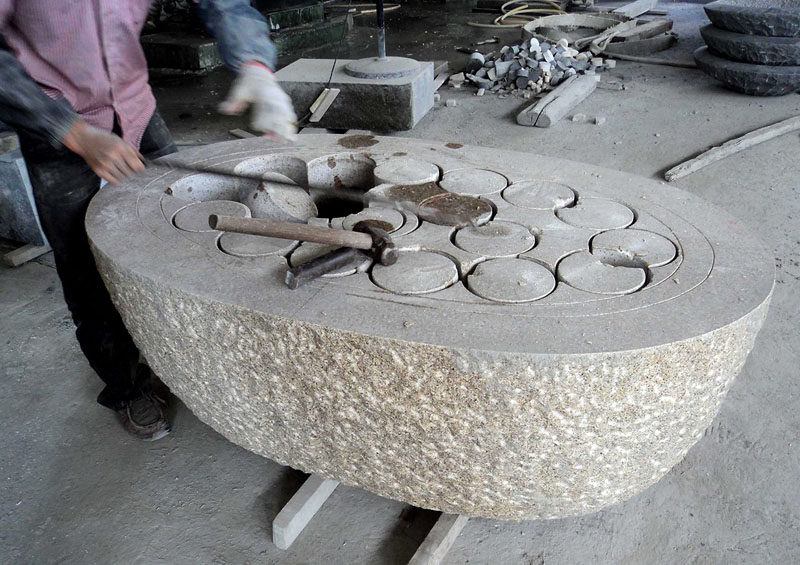
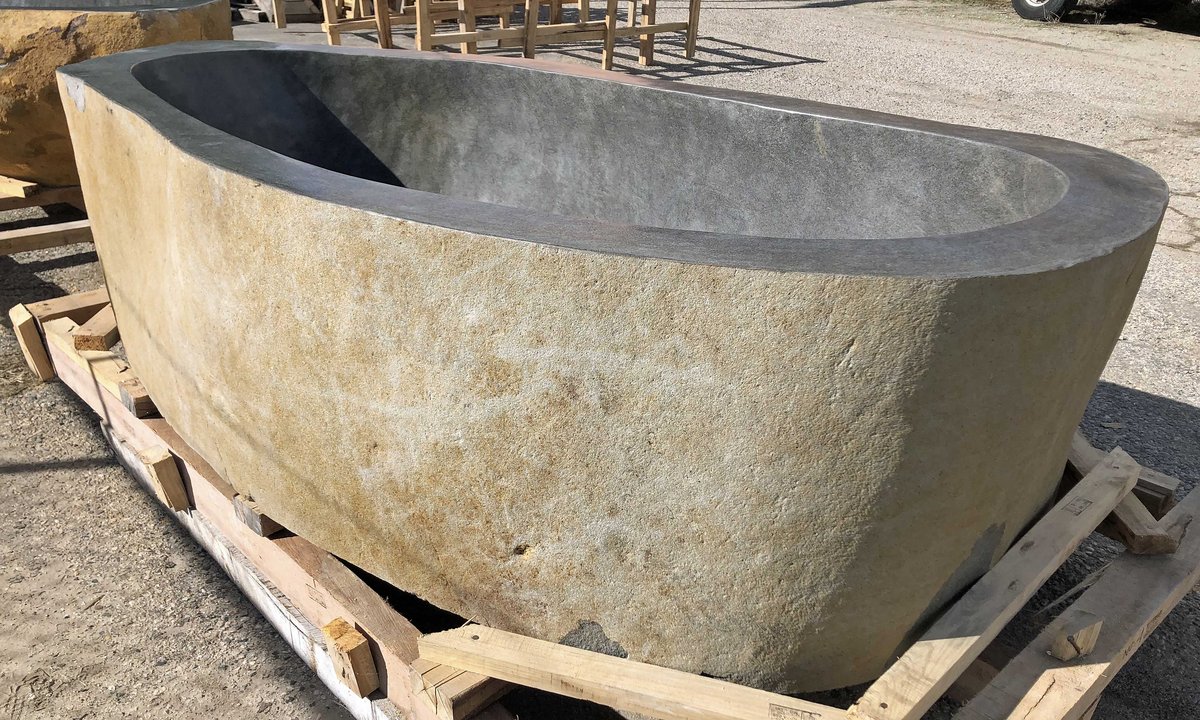



.png)
